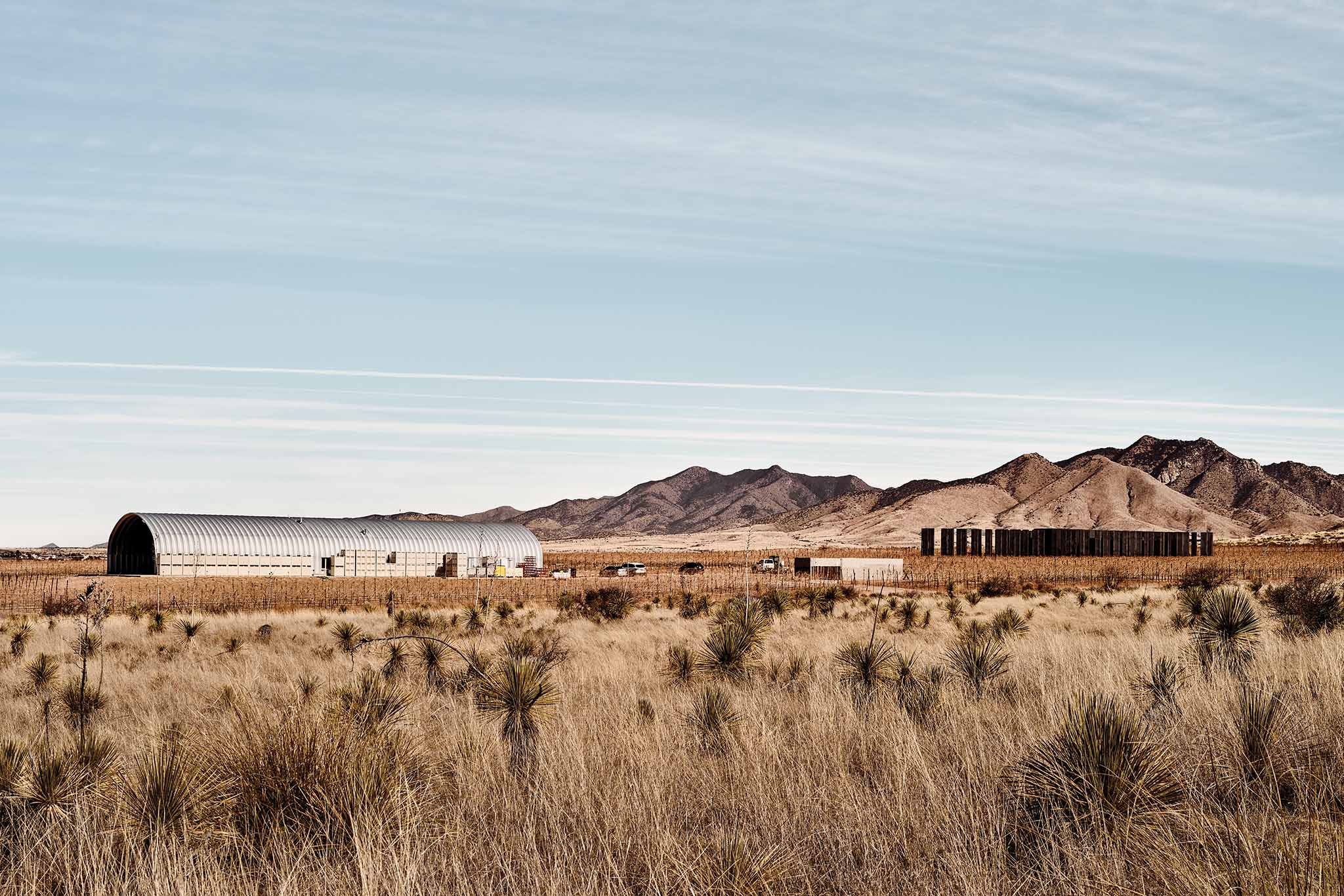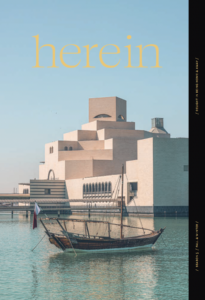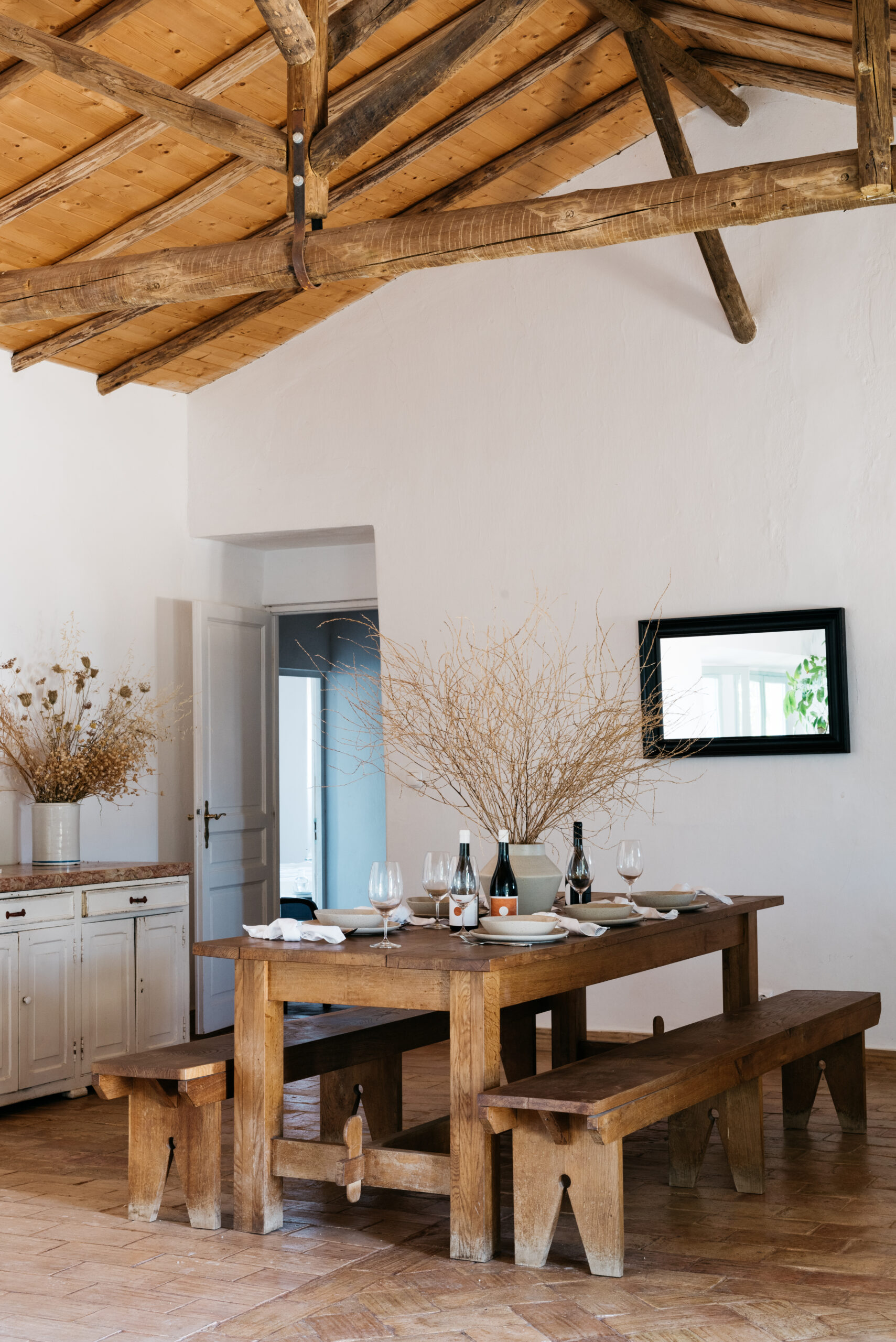Text by Elizabeth Krecker
Images courtesy of Los Milics Vineyards
Towering, weathered-steel monoliths hug a meandering walkway through Arizona’s high desert. A mysterious, dark-windowed building peeks through the monoliths.
I walk inside its doors to find a glistening dining room filled with warm wood, comfortable seating, and a spectacular view of grapevines surrounded by desert hills. Thus begins my day at Los Milics Vineyards, in one of the most obscure wine regions in the U.S.: Arizona’s Sonoita American Viticultural Area (AVA).
The History of Arizona Wine
Although there were likely attempts at winemaking in the early years of Spanish and Italian immigration into the Southwest, productive winemaking did not begin until miners and cowboys brought a thirst for wine into the new Arizona territory during the late 1800s.
Then, in 1914, a prohibition law was passed in Arizona, now the 48th state in the U.S., that surpassed all others in its severity – even medical and industrial uses of alcohol were banned. So harsh was Arizona’s law that after Prohibition ended in 1933, commercial winemaking in Arizona remained illegal for nearly 50 years.

Then a cowboy from Montana who became a soil scientist in Napa Valley, Gordon Dutt, PhD, brought together scientists from Arizona, New Mexico, Colorado, and Utah to research the grape growing and winemaking possibilities of the southwestern mountain states during the 1970s.
The success of this research brought legal winemaking back to Arizona in 1980 allowing Dutt to purchase land in Sonoita and start one of Arizona’s first commercial wineries, Sonoita Vineyards. Many more winemakers, vineyards, and a two-year viticulture and winemaking program followed, and Arizona today now hosts more than 120 licensed wineries. Some of the state’s finest wines hail from Sonoita-Elgin, home of the Sonoita AVA.
A Great Partnership: Pavle Milic and Mo Garfinkle
With a father from Montenegro and a mother from Colombia, both with careers in hospitality, Pavle Milic emigrated to the U.S. where he began his own career in the food and wine trade. Life led him to Napa Valley where his interest further evolved.
Milic later partnered with Charleen Badman, a chef he met while working at the famed Rancho Pinot Grill in Scottsdale. In 2009, the duo began their own tiny bistro in Old Town Scottsdale with a handful of small tables, a menu with healthy Arizona-grown ingredients, and an Arizona-only wine list, the first in the state. FnB Restaurant quickly earned multiple honors.
With the opportunity to get to know some of Arizona’s finest winemakers, Milic began to play with winemaking on the side under the tutelage of Kelly and Todd Bostock of Dos Cabezas Wineworks.
A few years later, Milic waited on a table of six who ordered a bottle of his Los Milics Vineyards’ wine, one he’d called Oliver’s. after one of his sons.
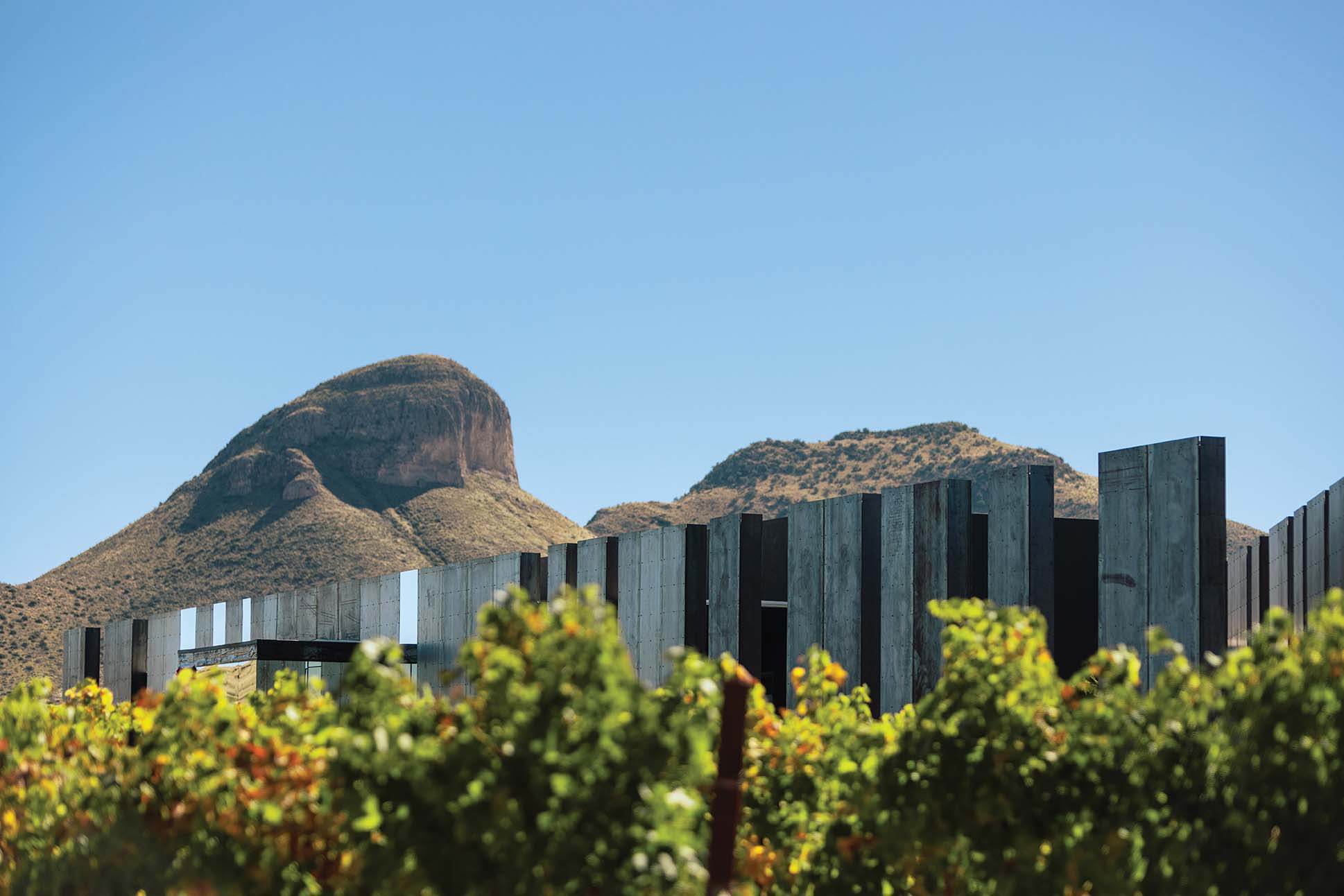

One of the ladies at the table asked Milic what his plans were for his wines. Milic answered that he and his wife would raise their kids, retire to buy 5 acres in Sonoita, hopefully afford crappy wine equipment, and age gracefully by working outside.
After their dinner, one of the men at the table pressed his business card into Milic’s hand and offered to partner with him. Milic smiled, but thought to himself, “Yeah, whatever.” He had looked for funding when he and Badman first opened FnB to no avail.
A few weeks later, Morris (Mo) Garfinkle visited FnB again, and Milic saw that Garfinkle was serious. Garfinkle asked Milic for just one thing in exchange for his partnership: to be involved in both the winery’s development and its winemaking. Without a moment’s hesitation, Milic said “yes.”
Together, the two found additional financial resources, invested in high-end architecture with Phoenix-based Chen + Suchart Studio, partnered with top talent, invested in winemaking equipment, then built a stunning tasting room replete with an executive chef to serve wines from all over the world alongside their own wines paired with award-worthy appetizers, lunch, and dinner.
“I could tell from the fortuitous beginning with Pavle that he would be a great partner and this would be a great partnership,” said Garfinkle.
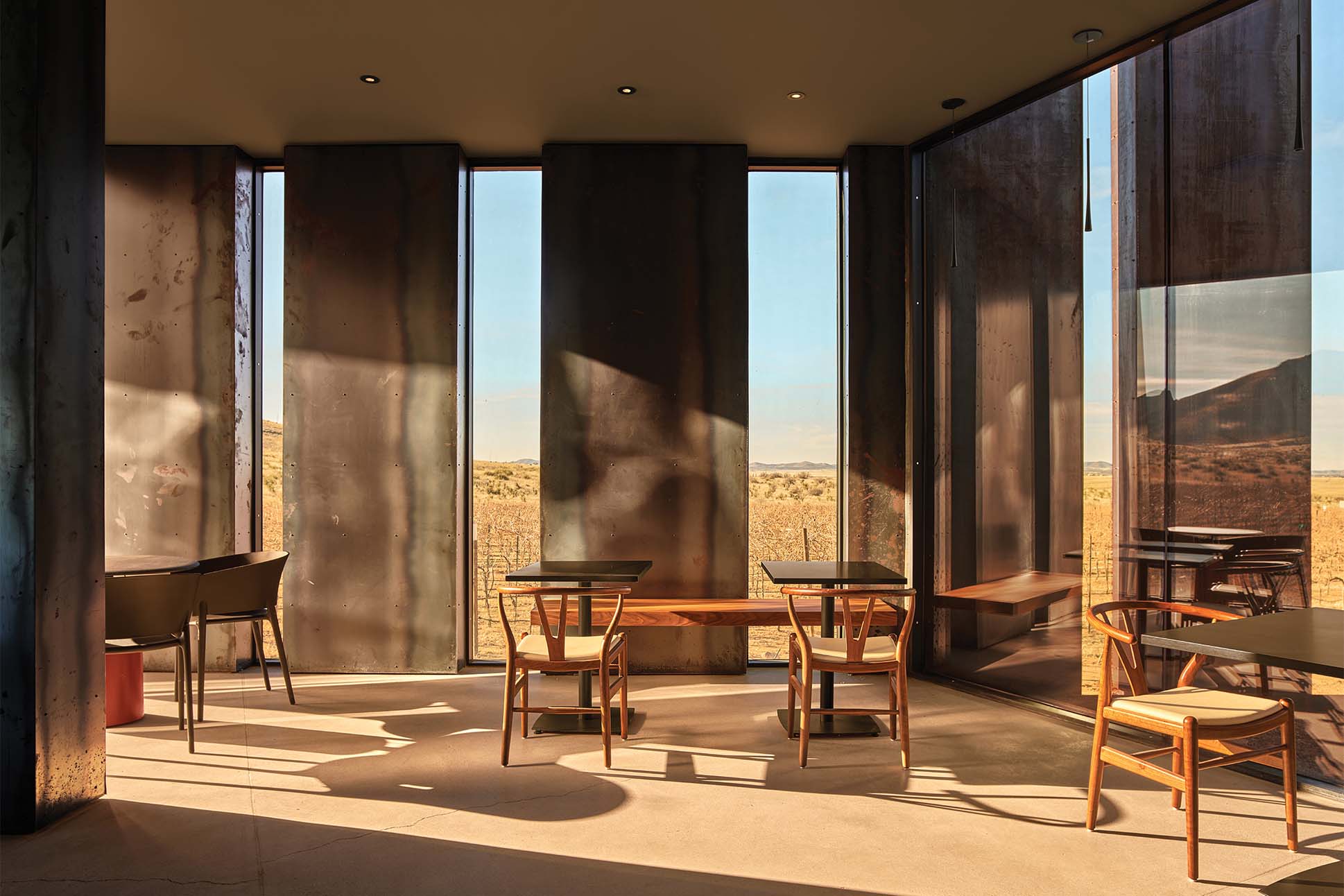
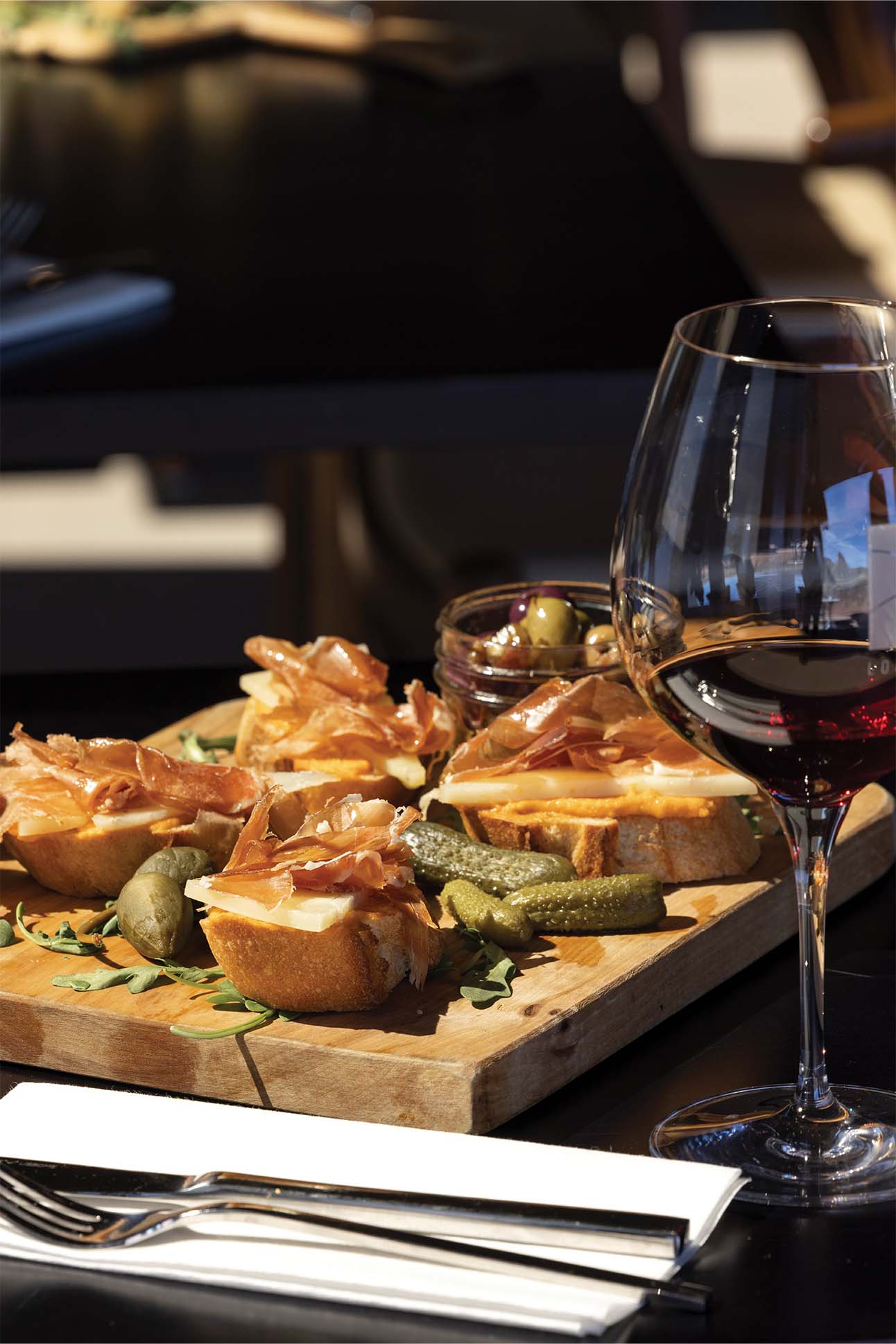
The Stars of Sonoita
With mostly obscure wine grape varieties planted in both their Sonoita and Willcox AVAs, Kelly and Todd Bostock have adjusted their winemaking prowess with each new vintage. Now, Dos Cabezas WineWorks uses primarily large barrels and tanks for fermentation and aging to make their food-friendly wines.
The Bostocks’ mentor—as well as mentor to virtually the entire Arizona winemaking community—is Kent Callaghan. Callaghan Vineyards 1993 Buena Suerte was the first Arizona wine to be lauded by Robert Parker of The Wine Advocate.
“We’re getting more and more people who are amenable to planting grapes that actually work here, than that are easily marketable,” observes Callaghan. Because who are the real stars? Not the people: the grapes.
Arizona’s early modern winemakers tried planting grapes like Cabernet Sauvignon and had only fleeting success. Arizona’s high elevation, rocky soils, hail, late spring and early fall frost, and intermittent rain gave popular grapes success only once every fifth year or so. If at all.
Today, Arizona features more than 80 wine grape varieties. If one of these grapes happens to have a bad year, winemakers have plenty of other equally interesting grapes to fill in the gaps.
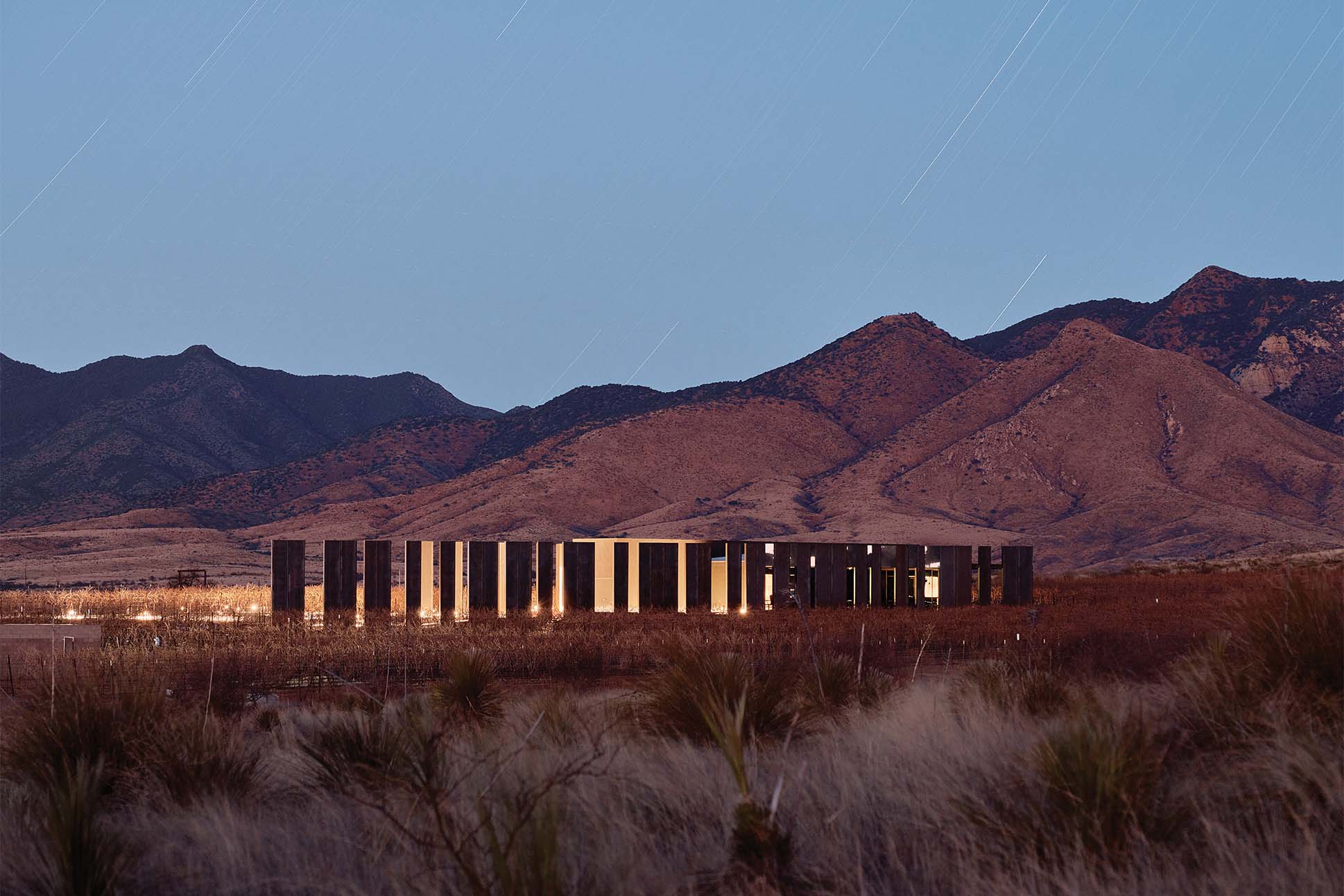
According to Kelly Bostock, “We started with a lot of Rhone varieties based upon what we found pleasurable to drink. Which makes sense when you are naïve about what to plant. What really makes sense is to plant what will grow well here.”
Los Milic Vineyards has planted mostly obscure grape varieties in their two vineyards, including Graciano, Teroldego, Vranac, and Vermentino.
The Future of Arizona Wine
Just 17% of Arizona’s land is privately owned. Given the plethora of towns and cities, never mind the altitude, water, and land limitations of grape growing, this leaves little left for wine grapes. Nonetheless the Arizona wine industry continues to grow.
“I’ve always been an advocate of the less is more approach,” says Callaghan. “We need to produce the best possible wines with the least amount of inputs, given our inherent water issues and the impact of climate change. The only path forward, in my opinion, is toward smaller production, ever higher quality wines.”

